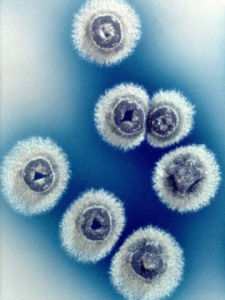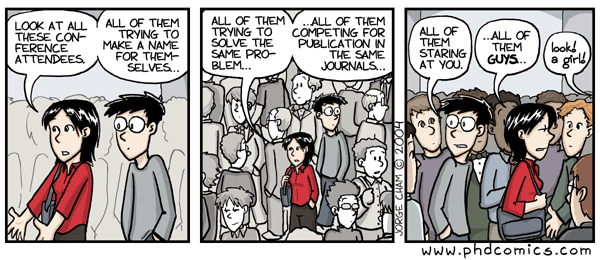– Written by guest blogger Divya Thankachan (1st Year PhD unlocking new antibiotics)
Antibiotics are something we take for granted these days. The discovery and use of antibiotics is rightfully considered to be one of the greatest medical achievements of all time. Antimicrobial compounds have unquestionably revolutionised human medicine and have saved millions of lives since their discovery. The discovery of penicillin in 1928 by Alexander Fleming followed by the development of streptomycin, tetracycline and chloramphenicol ushered in the golden age of antibiotics. A soil microbiologist, Selman Waksman, first used the term antibiotic in 1941 as a noun to describe any microbial product that had an inhibitory effect on the growth of microbes. Most antibiotics are produced naturally by bacteria or fungi. They are derived from secondary metabolites that can selectively kill or antagonize the growth of other microbes and are produced by bacteria or fungi. Secondary metabolites are natural products that are non-essential for the survival of the producing organism but offer the organism with survival advantages. These natural products or secondary metabolites have been the key source of most of the drugs in the clinic today.

Alexander Fleming and the discovery of penicillin
However, the effective use of any successful therapeutic agent is compromised by the potential emergence of resistance or tolerance to that compound from the first time it is implemented. The arising problem of antimicrobial resistance threatens antibiotic therapy as resistance is now found across all known classes of antibiotics. The treatment of many infectious diseases such as tuberculosis is compromised by the emergence of multi-drug resistant bacteria and fungi and has caused a significant burden on healthcare globally. The rising number of multi-drug resistant Gram-negative bacteria that are often associated with serious hospital acquired infections threatens the treatment of many infectious diseases with increasing mortality levels found to be associated with it. The microbial acquisition or evolution of antibiotic resistance is a matter of urgency that demands great attention and is recognised at the highest levels of government. You might think the title of this blog to be rather extreme but I think such a strong and pressing matter deserves an extreme title. Antibiotic resistance compromises the global control effort of many infectious diseases. Its emergence is mostly owed to their overuse in humans, animal husbandry and agriculture. Sub-optimal treatment and globalisation further contributes to its spread. The antibiotic producing microbes have always been inherently resistant to their own antibiotic but the manmade selection pressure created on antibiotic resistance in the environment has never been so strong that the scale of resistance found in the environment now is rapidly changing and therewith, its impact on mankind. This selection pressure has made the gene pool for antibiotic resistance much more accessible to microbes.
In addition to this, no new antibiotics have entered the clinic in the last 30 years in contrast to the golden age of discovery of antibiotics in the 1940s-1960s. This, along with the withdrawal of BigPharma, has resulted in a massive decrease in the number of new antibiotic and antibiotic scaffolds in the antibiotic pipeline. Thus, we are now entering an era where microbial infections might not be successfully treated thereby creating urgency in the need for new antimicrobials.

Streptomyces colony
Bacteria belonging to the Gram-positive Actinobacteria phylum account for over two thirds of all the antibiotics and anticancer drugs in the clinic today. Streptomyces, a genus soil dwelling bacteria found ubiquitously in soils everywhere account for over 75% of all antibiotics produced by Actinobacteria. However it has been suggested that soil might now be exhausted as a source of antibiotics. Genome analyses of various Streptomyces spp. have revealed the presence of many silent or cryptic pathways that holds the potential for the biosynthesis of many novel and structurally complex antibiotics. Under culture conditions in the laboratory, these biosynthetic pathways are not expressed. However, unlocking these pathways could lead to the discovery of many novel antimicrobials. Unexplored environments are another possible source of new antimicrobials as new species from new environments offer the best chance of discovering novel classes of antibiotics. The fight against antimicrobial resistance, asks researchers to work together to understand the mechanisms involved for the successful discovery and development of new antimicrobial drugs. There are also many factors to be taken into account before administrating it to the clinic. Poor antibiotic stewardship has played the biggest role in the emergence of antibiotic resistance; therefore, good antibiotic stewardship is of utmost importance. I fully believe that awareness programmes for the healthcare professionals and the general public are urgently needed to help realise the urgency and importance of antibiotic resistance and to change our ways. Proper and right stewardship is central to anything we ever do and use. The use of antibiotics is no different. The discovery and use of any new antibiotics from now comes with great responsibility to maximise its lifespan and usage. Alas, ‘with great power comes great responsibility.





